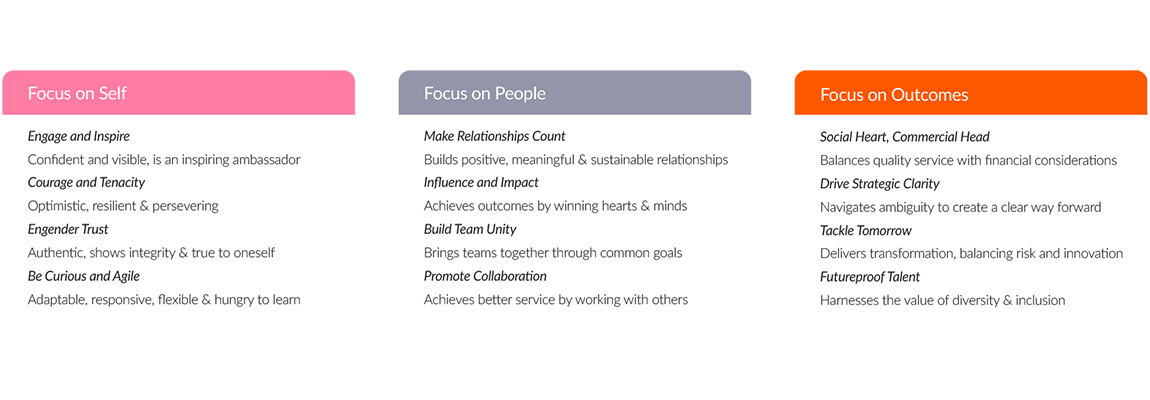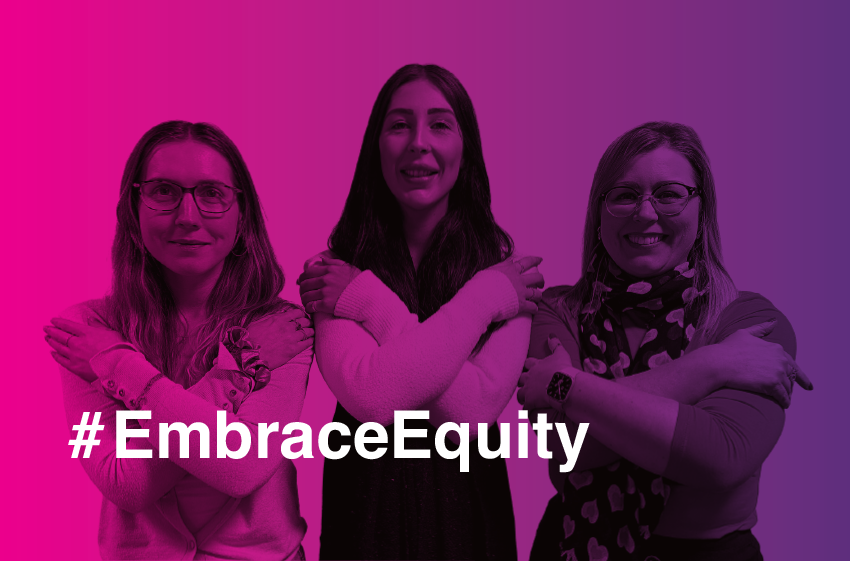As part of our celebrations for International Women’s Day, a day we champion 365 days a year, Marie Blakesley, Partner in our Leadership & Talent Consultancy, reviews what some of the research and our own data reveals about the impact of women leaders.
Whether the message is implied or explicit, women have long been told to learn from how men approach work. Yet research demonstrates that women leaders have a stronger potential than men to demonstrate capability in many of the skills and behaviours linked to successful outcomes for leaders.
It seems it’s high time to recognise that greater diversity in leadership benefits us all – and that there are more than a few pointers that men could be taking from women.
Learning from female leaders in times of crisis
During the last financial crisis, McKinsey surveyed 800 business leaders across the globe to understand the impact of women leaders on organisational performance. They found that certain leadership behaviours more frequently adopted by women are critical to safely navigate through a crisis and perform well through the recovery period. These are a) the ability to present an inspiring vision of the future and create optimism around its implementation, and b) the ability to clearly define expectations, to recognise and reward the achievement of targets.
More recently, in the early days of the Covid outbreak, it was often noted that countries led by women tended to handle the crisis better. Countries such as New Zealand, led by Jacinda Ardern, Germany by Angela Merkel and Taiwan by Tsai Ing-Wen, achieved better outcomes than countries led by men with a ‘strongman’ approach such as Brazil, India and the USA.
To find out why this is the case, academics from Liverpool and Reading universities conducted research to understand whether female leadership styles played a role in achieving better outcomes during the pandemic. They found that even when cultural, socio-economic, health expenditure and geographic factors were considered, countries led by women had significantly fewer deaths (around 1,650 less on average) and cases than their closest similarly-sized neighbours.
Similarly, in the USA, studies have found fewer deaths in states run by female governors.
Women leaders – better communicators, more risk-averse?
Curious as to why this might be, the research team from Liverpool and Reading looked closely at the behaviour exhibited by women leaders compared with their male peers. They concluded that the better outcomes in countries led by women could be explained by the proactive and coordinated policy response they adopted. Women leaders were more sensitive to averting the risk of loss of life and showed clear, decisive, and empathetic communication throughout.
Our research backs this up. We mapped psychometric assessment data with proven predictors of behavioural excellence for leaders in the Public and Not for Profit Sectors for over 3,000 leaders. This enabled us to benchmark and compare the leadership capability of male and female applicants to senior public sector roles.
Our data indicate that women leaders statistically have significantly stronger potential than men to demonstrate the behaviours which we define in our Altitude Model as Engender Trust, Be Curious and Agile, Make Relationships Count, Build Team Unity, Promote Collaboration, and Futureproof Talent.
The GatenbySanderson Altitude Model
The Altitude model outlines the areas which drive leadership excellence in the public sector and not-for-profit sector.

Skills critical for leaders
While it is certainly not ground-breaking or challenging any stereotypes to suggest that women are more likely to have strengths around relationships and interactions with others, these are the very skills that have become even more important in the new, more agile, flexible working environment which many organisations have adopted. In a world where hybrid-working is becoming the norm, effective leaders will be able to maintain teamwork, manage and oversee the work of staff working flexibly and remotely, and gain the trust of their workforce to get the best out of them in this new working environment.
The problems leaders face are so complex that they cannot be solved without collaborating outside their organisation. Public sector organisations are increasingly identifying ways to deliver services more efficiently through working with other organisations to pool resources and expertise.
Technology and the opportunities advancements bring are moving so fast that leaders can’t rely on prior experience. They must be curious, agile and hungry to learn to keep pace with technology and new ways of working.
Organisations whose leaders can harness the value of diversity, (which repeated studies demonstrate enhance the performance of organisations) encompassed in our Future proof talent competency, outperform those that can’t.
Our data show that women have a stronger predictive potential for all these competencies.
Gender balanced teams offer a better blend of skills
By contrast, our data show that men have a statistically significant stronger potential to lead in a confident and visible way that inspires others. Skills which become increasingly important in a world where you may no longer see everyone in the office on a regular basis.
These are patterns and trends in gender differences. It would be reductive to suggest that an individual will conform to these patterns. Some men are particularly strong in the apparently ‘female’ strengths and vice versa; individual differences will, as ever, be greater than the overarching gender differences. In addition, lack of data means those who identify as non-binary are missing in this research. The key takeaway should be that you will most likely find a better blend of skills in a leadership team with gender diversity.
Beware the confidence gap
For organisations wanting to hire more women leaders, it’s worth remembering that research demonstrates that, on average, women are more inclined to underestimate their capability and men to overestimate their skills.
Women and employers can take confidence that they are likely to possess a range of skills pertinent to the current context and challenges faced by leaders.
There will always be another ‘crisis’ in some form on the horizon for organisations, be it economic, social or political; let’s learn from the research and redouble our efforts to create gender diverse leadership across our organisations – the evidence indicates it will likely get them through the next big challenge more smoothly.
